We’ve collected interesting facts about rattlesnakes.
Rattlesnake is a vast subfamily that combines 224 species.
Description of rattlesnakes
A distinctive feature of rattlesnakes – two dimples, which are located between the nostrils and the eyes of the snake, acting as a thermal imaging camera. They help the snake to hunt because of the difference in temperature between the environment and the prey’s body. Like all poisonous snakes, the rattlesnake has two long hollow fangs.
Long rattlesnakes grow from 60 to 80 centimeters. But some species can reach three and a half meters (Bushmaster). And the smallest member of the family is only fifty centimeters long (ciliated viper). The color of the snake’s skin is very much dependent on the genus, but all species have yellowish-beige dark spots.
The sight and hearing of rattlesnakes are not very well developed and they can only be seen from a short distance, but the snake is sensitive to fluctuations in air and ground, as well as temperature changes (even the difference of 0.1 degrees is noticeable for them).
The main feature of this subfamily is rattles. At the end of the tail (6-8 vertebrae) there are corneal cone plates, nested one in one. These are altered tail scales.
Habitat of rattlesnakes
Most of the subfamily of rattlesnakes live on the American continents. Approximately 70 species live in southeast Asia. You can see rattlesnakes in India and Sri Lanka. Also in the east, countries such as China, Japan, and Korea have learned to use these snakes.
What do rattlesnakes eat?
Small warm-blooded animals (mice, birds, rats, and even rabbits) get into the basic diet of rattlesnakes. The diet of rattlesnakes also includes frogs, small snakes, fish, and some insects (caterpillars and cicadas).
Rattlesnakes kill their victims with poison, attacking them from an ambush. Hunting is usually once a week. It eats for hunting about half its weight.
Natural enemies of rattlesnakes
For many species of reptiles, the first danger for rattlesnakes is man, killing snakes out of fear or in the excitement of hunting.
Natural enemies at rattlesnakes quite a lot. It’s a weasel, a ferret, and a marten. Birds are eagles, peacocks, and ravens. Snake venom has very little effect on these animals. Also, some big fish can be dangerous for rattlesnakes.
Raccoons and coyotes are also dangerous for both adults and young animals.
But perhaps the most amazing enemy is the pig. Since the skin is thick and the subcutaneous fat is thick, the poison does not get into the blood, even with a strong bite, and the pigs themselves will not refuse to eat the snake. This is used by farmers (pigs graze on them before plowing the fields).
For young snakes, low temperature is a danger.
Interesting facts about rattlesnakes
- Some species of rattlesnakes once chose a burrow for many years to live in it. Burrows very often pass from generation to generation for many decades.
- Despite their formidable appearance, rattlesnakes are quite fearful animals. They’ll never attack first. And if a snake starts rattling its tail, it does not mean that it is ready to throw. That’s how it marks its discontent and gets nervous, trying to scare away the unwelcome guest.
- The rattlesnake has one of the most dangerous poisons that can kill a grown man in a few minutes. But to the snake itself, the poison is not a threat. And even in moments of panic, when the snake makes random throws and bites everything around it, and in particular, itself, it does not cause much harm to it.
Facts About Rattlesnakes
If you’re a snake enthusiast, you’ve probably heard a few facts about rattlesnakes. They are members of the venomous Crotalinae subfamily. All rattlesnakes are vipers. The scientific name Crotalus comes from the Greek word “castanet.” But did you know that rattlesnakes can grow to over 10 feet in length?
Rattlesnakes are not the only creatures that slither on the ground. In fact, some species can be up to 3 and a half meters long. Even though rattlesnakes have very short limbs, they are considered very dangerous and have a reputation for being mean and vicious. They have an empty tail and rattles in between their eyes and nostrils, which helps them to hunt their prey.
Although rattlesnakes may appear threatening, they do not release poison. Many people mistakenly think that they’re just plain nasty. In fact, they’re actually quite beautiful. You can find these snakes in the wild, and you can even see them at your local pet store. You’ll find them in Arizona, Texas, and even Canada. You’ll be astonished at how much they can change just by looking at them. They can be quite difficult to spot in the wild, but a few of these fascinating facts can help make you a better snake owner.
Most snakes have a short, empty tail. While you might think rattlesnakes are dangerous, this isn’t true. They have two dimples on the top of their heads that function as a thermal imaging camera. They shed their skin every few months, which means they are extremely sensitive to temperature changes. They only reproduce every two years. That’s why you can’t see them easily.
Besides their long, hollow tails, rattlesnakes also have a large number of species. The two species are similar in appearance and range. However, they are not the same. They are related to each other in the subfamily, and they are a member of the same family. So, it’s best to stay safe by learning about them. You’ll be glad you did! They’re not only pretty to look at, but they’re also very smart, too.
The fangs of rattlesnakes are like shots from a doctor. They contain venom sacks in their cheeks, which are filled with poison. During a battle, the rattlesnakes are capable of opening their mouth wide to show their fangs. They also have a triangular head with a pit between their nostrils. The pit serves as the snake’s sensory organ and helps it detect predators in the dark.
Rattlesnakes are nocturnal animals. They can be found in the southwest United States, Canada, and Argentina. They can live in deserts, scrub brush, grasslands, and swamps. They can also be found in the southern regions of Mexico. If you’re not familiar with them, they’re great animals to keep around, but they’re not as dangerous as they seem.
Some of the most interesting facts about rattlesnakes include: they have two pairs of eyes. The male and female both have a single pair of eyes and nostrils. The snakes have four to five pairs of eyes, but their babies have a pair of eyes. This makes them an excellent choice for backyard pets, and they can also be found in the middle of forests. Aside from being big and beautiful, they’re also very deadly. You might want to keep them away from your yard.
You may have heard of the rattlesnake. You might have even seen pictures of it on the news. Its size can be intimidating. The snake is very fast. In the wild, they’re only two feet long. They’re also fast. Their metabolism is slow, so they’re not fast. In contrast, rats are slow to grow. A rattlesnake’s digestive process takes about 5 days to digest a meal.
Rattlesnakes don’t lay eggs. Instead, they give live birth to their babies. Their babies are born in a hollow pit between the nostrils. The rattlesnake’s mother then keeps the eggs in the pit until they hatch, then lays their eggs. The resulting baby has a venomous pit, which is why a rat’s baby can hear their moms.
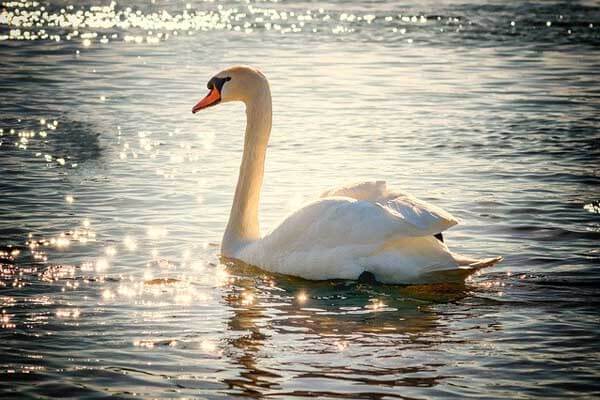
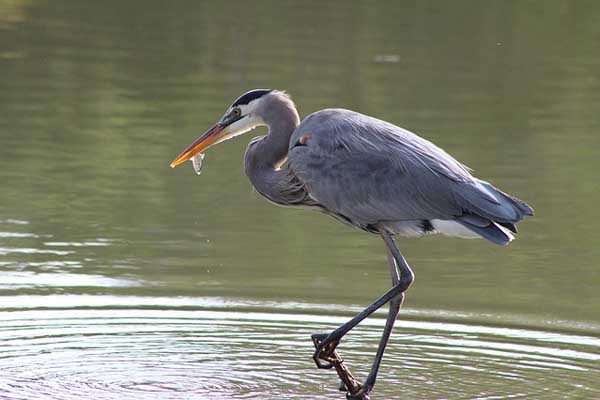


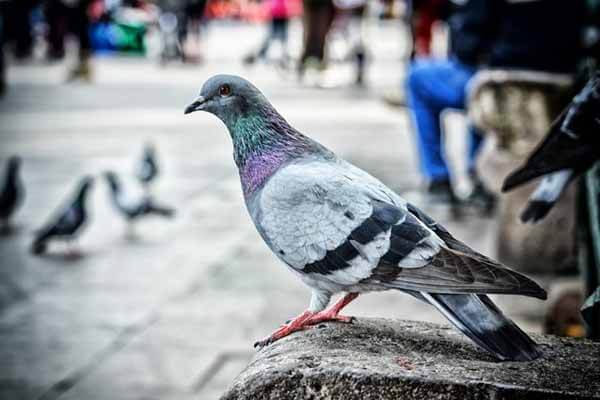
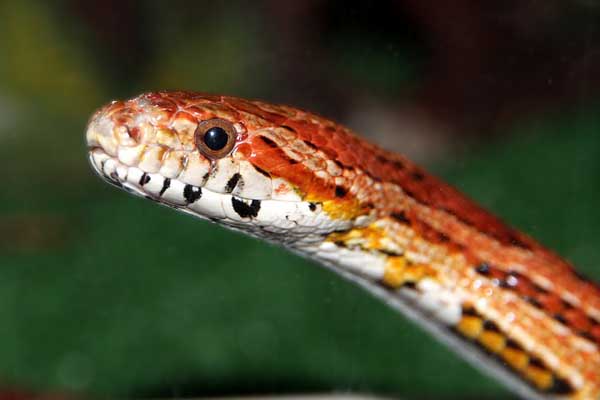

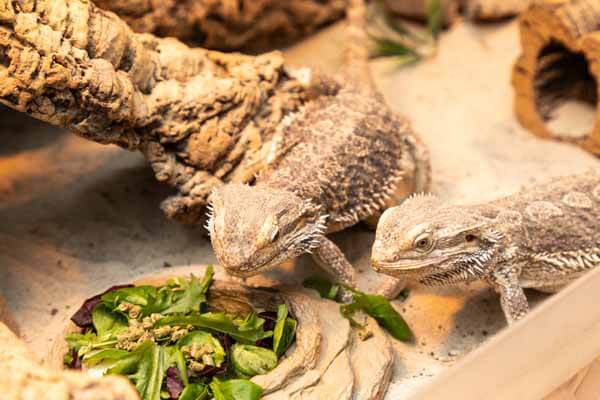
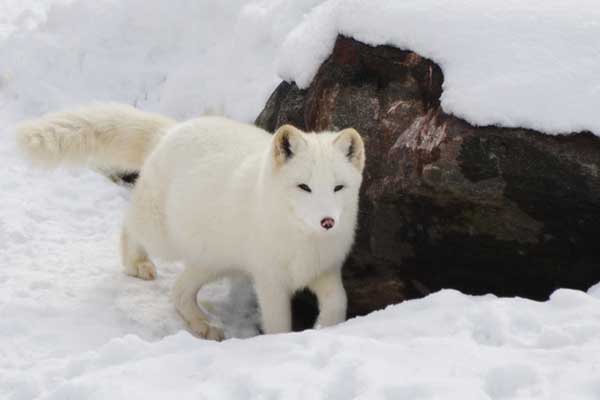
Thank you for the article! Such interesting and amazing rattlesnakes facts!